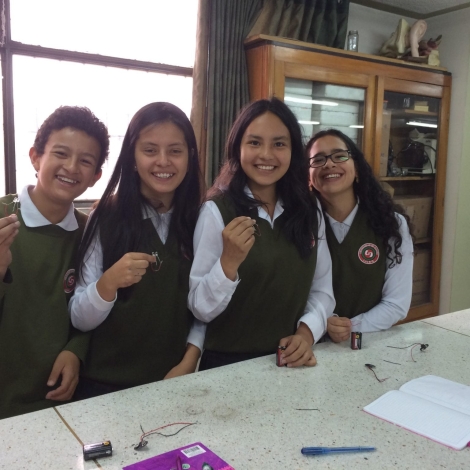This is the fifth in a series of principles based on the textbook Humanitarian Engineering: Creating Technologies that Help People, by Kevin Passino. The series is adapted by the author for Engineering for Change. Download Humanitarian Engineering, 3rd Edition, for free.
As part of the process of community participation, it is important to try to involve members of the community in the entire process of creating technology solutions. That should be done in a socially inclusive manner that involves women, men, and children, as appropriate. This includes participation as part of the needs assessment, project selection, and outcome assessment for technology solutions.
All of these build technological capacity. Other capacity builders include the actual technical design process (constraint specification with local knowledge, brainstorming, concept generation and selection, etc.), details on how to operate more sophisticated technologies, and especially how to maintain the technology using locally available materials.
Building capacity gives communities “ownership” of the technology development process. It ensures longer-term success of the technology and may lead the community to become able to deploy technology solutions with no outside help.
The engineer should seek to build such technological capacity in community members as an integral part of the technology development process. Doing so empowers the community to successfully operate and maintain their technology. It gives them significant “ownership” of the technology development process, and ensures longer-term success of the technology. Moreover, it may initiate the process of the community becoming independent, of becoming able to successfully deploy technology solutions with no outside help.
While the act of building technological capacity often takes place in a community where people live, it is also natural to do this work in an educational institution (e.g., grade school, high school, or university) by focusing on science, technology, engineering, and mathematics (STEM) education.
This can be done via lectures and experiments. Experiments can focus on (i) basic STEM concepts, (ii) STEM challenges connected to issues in the surrounding community (e.g., water filtration or energy issues), or (iii) STEM challenges in local industry.
In a humanitarian STEM education program you would focus on disadvantaged schools and students. Sometimes rather than teaching children, you may want to teach the teachers so they can continue the program after you leave. The hope in such STEM education programs is to create a technically literate populace that can then solve technical problems in their own communities.
Humanitarian Engineering Series
Humanitarian Engineering Principle One: Focus on People
Humanitarian Engineering Principle Two: Relate, Listen, Ask, Cooperate, Empower
Humanitarian Engineering Principle Three: Understand Social and Physical Context
Humanitarian Engineering Principle Four: Be a Professional Humanitarian Engineer
Humanitarian Engineering Principle Six: Ensure Long-Term Positive Impact
Humanitarian Engineering Principle Seven: Understand Impact from Social Context
Humanitarian Engineering Principle Eight: Design for Sustainability
Humanitarian Engineering Principle Nine: Assess Outcomes
Humanitarian Engineering Principle Ten: Promote Human Dignity, Rights, and Fulfillment


Am a final year student of university of Ilorin,presenyly making research on construction of a slow filter using saw dust in purification of water as a my mini project.any idea would be greatly appreciated.thanks